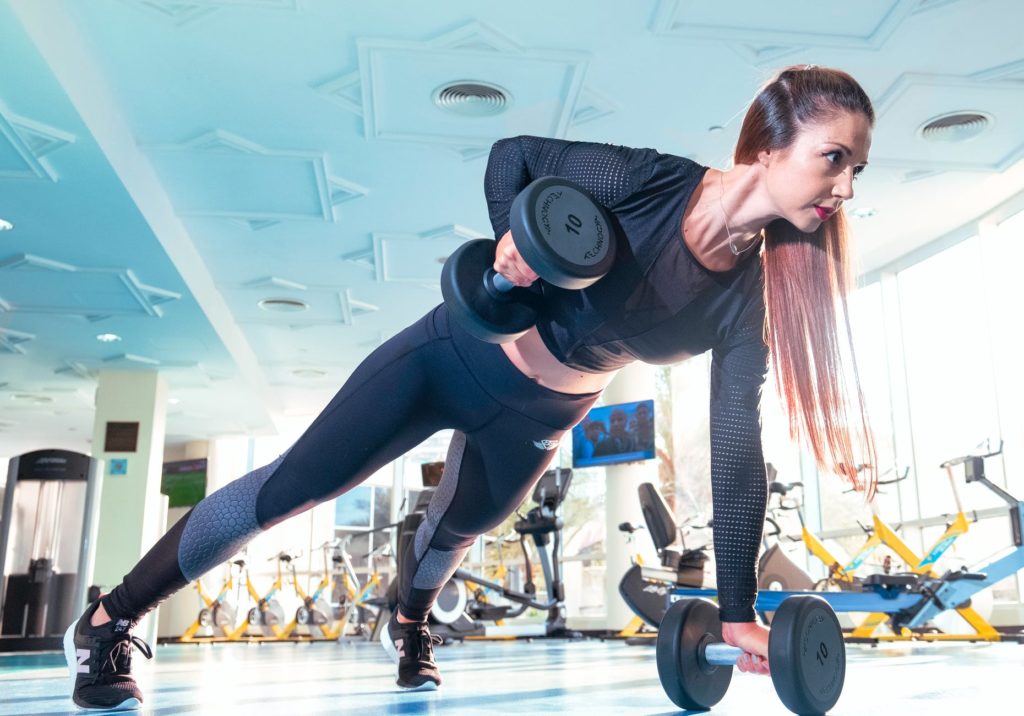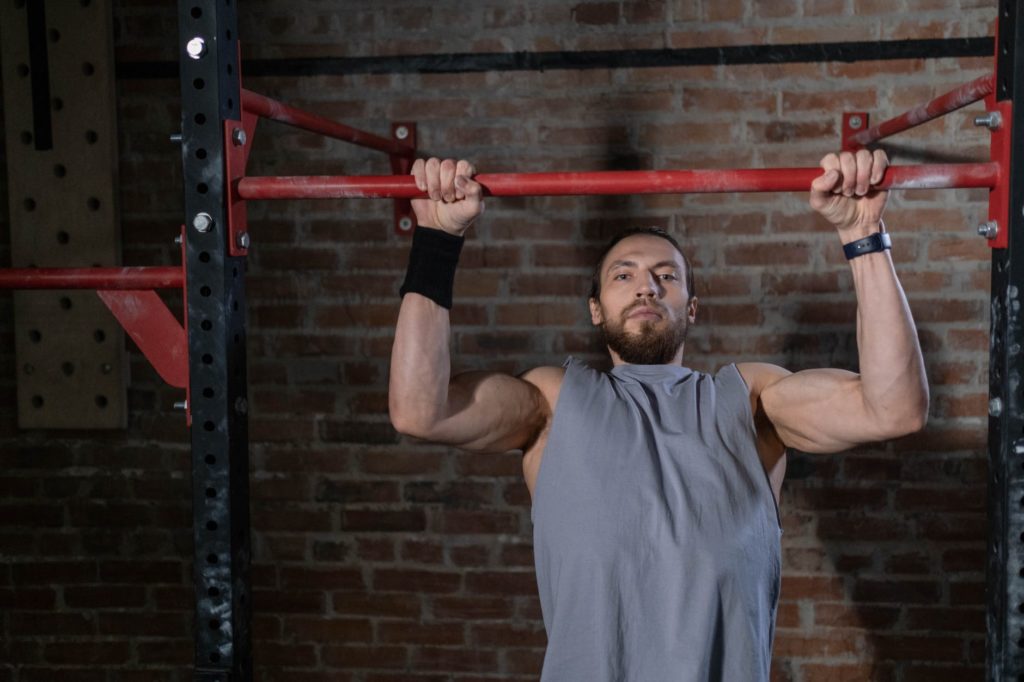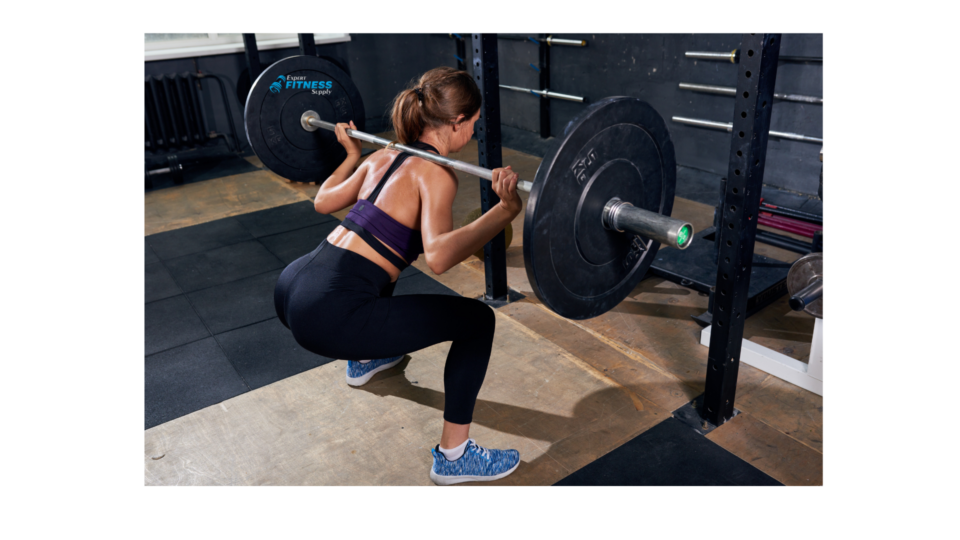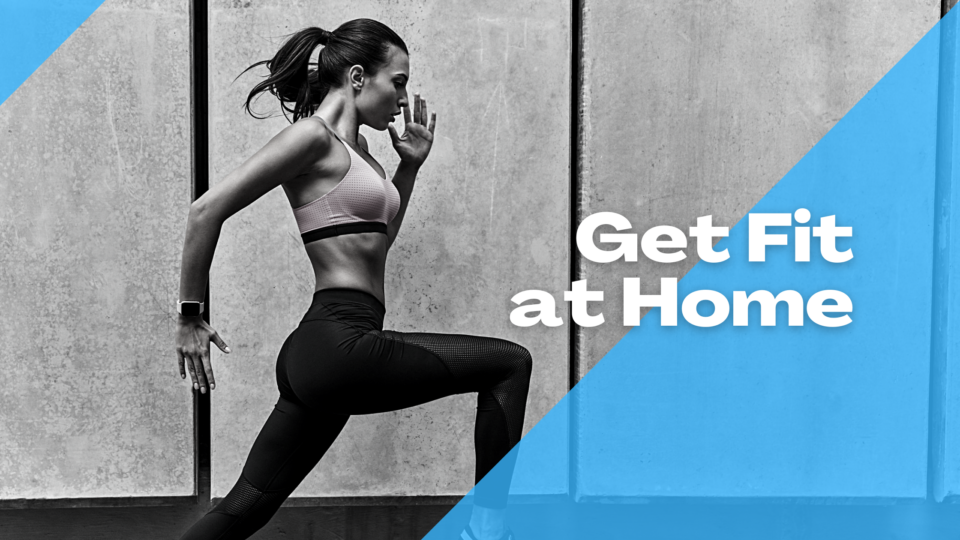- Email us if you have any questions:
- [email protected]
Top Workouts for Your Back Muscles

Why You Should Consider Buying a Stair Climber
May 5, 2021
Why You Need a Lat Pulldown Machine
May 19, 2021Typically the muscles in your back will get worked out by default from other exercises you’re doing when working out. This is especially true when performing chest and shoulder exercises. But just because your back will get worked out, doesn’t mean you should do workouts that specifically target your back muscles. In order to create a strong foundation, maintain good mobility, and great posture, it’s vital that you give your back muscles the attention they deserve.
The best kind of back workout takes care of the large number of muscles that make up your back, which will help you build mass in your lats and traps, as well as focus on the smaller muscles for a well-rounded workout.
As an added benefit, specifically working out your back muscles can help reduce existing back pain and prevent future backache and back problems. Strengthening your back muscles can also help prevent injury and ensure that your entire body works smoothly, during daily movements and exercise.
What Muscles Should You Target in Your Back?
When you think about working out your back, you may not even be sure about which muscles you should be targeting.
The primary muscles in the back include the:
- Lats: Which are in the area below your armpits down the sides of your back
- Rhomboids: Which are in the mid-upper back
- Traps: Which run from your neck to your mid back
- Erector spinae: Which are a group of muscles that run along your spine
Exercises to Focus on for Your Back
Here are some great back exercises that focus on a combination of the above muscles. For each exercise we recommend doing 3 sets of 12 reps on each side.

Quadruped Dumbbell Row
This exercise is similar to basics of the row, but addresses many form issues, such as over-rowing at the top of the movement, overstretching the arm at the bottom of the movement, and lower-back compensation. This exercise should be completed before doing any other rowing movements.
To perform this exercise:
- Get on all fours with a dumbbell positioned in each hand.
- Ensure your back is straight, hands are below shoulders, and knees are below hips.
- Row up with your right arm, pulling your elbow up and bringing the dumbbell to your armpit. Keep your elbow tucked throughout the movement.
- Extend your arm, returning the dumbbell to the ground, and repeat on the left side.
Lat Pulldown
You can do a lat pulldown on a lat pulldown machine or using a resistance band. Pulling the weight from above your head down to your chest works the lats, biceps, and even forearms.
To perform this exercise using a machine:
- Position the pad so it’s touching your thighs.
- Stand up and grab the bar wider than shoulder-width apart, sitting back down.
- Begin to pull the bar down toward your chest, bending your elbows and directing them down to the ground.
- Engage your upper and mid back throughout this whole movement.
- Keep your torso straight, not allowing yourself to fall backward.
Single-Arm Dumbbell Row
A single-arm row allows you to target and engage all of your back muscles. You can increase the challenge yourself by adding some weight once you’re comfortable with the movements of this exercise.
To perform this exercise:
- Position yourself on a bench so your left knee and shin are resting on it, as well as your left hand.
- Your right leg should be straight with your foot on the ground.
- Pick up the dumbbell with your right hand.
- Maintain a straight torso.
- Row the dumbbell up, pulling your elbow toward the sky while keeping it close to your body.
- Squeeze your upper back as you pull your elbow up.
- Slowly lower back down to the start position.

Wide Dumbbell Row
This exercise mimics a barbell row, however a wide dumbbell row allows you an increased range of motion and can help you address any muscular imbalances. Choose light- to moderate-weight dumbbells to start and work your way up.
To perform this exercise:
- Hold a dumbbell in each hand and hinge at the waist, stopping when your upper body forms a 20-degree angle with the ground. Your palms should be facing your thighs, and your neck should be neutral. Allow the dumbbells to hang down in front of you.
- Begin to row with your elbows at a 90-degree angle, pulling them up toward the sky.
- Squeeze your shoulder blades together at the top and repeat.
Barbell Deadlift
This exercise helps work the lower back, erector spinae muscles, and hamstrings. To perform a barbell deadlift correctly and effectively requires back strength and may not be a good exercise for beginners.
To perform this exercise:
- Stand behind the barbell with your feet shoulder-width apart.
- Keep your chest lifted, begin to move forward at the hips and slowly bend your knees, reach down to pick up the barbell.
- Keep your back straight and grasp the bar with both palms facing you in an overhand grip.
- Push back up, keeping your feet flat on the floor, back into the starting position. Your back should remain straight throughout the movement. Your shoulders should be down and back.
- Return to the starting position, pushing your hips back and bending your knees until you bring the barbell back to the ground.
Reverse Fly
This exercise targets the rhomboids and traps as well as the shoulders, it also strengthens posture muscles.
To perform this exercise:
- Hold a dumbbell in each hand, move forward at the waist until your torso forms a 45-degree angle with the ground. Let the dumbbells hang in front of you, palms facing each other. Have a slight bend in your elbows.
- Engage your core, lift your arms up and out, squeeze your shoulder blades at the top.
- Slowly return to the starting position.

Pullup
This is a classic back exercise. To perform it unassisted you’ll need a lot of strength, if you’re not there yet try using a pullup band to help you lift yourself up.
To perform this exercise:
- Stand underneath a pullup bar and grab it with an overhand grip, place your hands wider than shoulder-width apart.
- Lift your feet off the ground — or use an assist band — and hang from your arms, then pull your body up to the bar by bending your arms and pulling your elbows toward the ground.
- Once your chin crosses over the bar, extend your arms to lower your body back down.
Plank
While a plank is often thought of as a core movement, planks are really a full-body exercise and really focus those deep back muscles like the erector spinae.
To perform this exercise:
- Get into a plank position with your elbows and forearms on the ground and legs extended, supporting your weight on your toes and forearms.
- Your body should form a straight line from head to toe.
- Engage your core to ensure your hips don’t sag.
- Hold for 2 minutes






